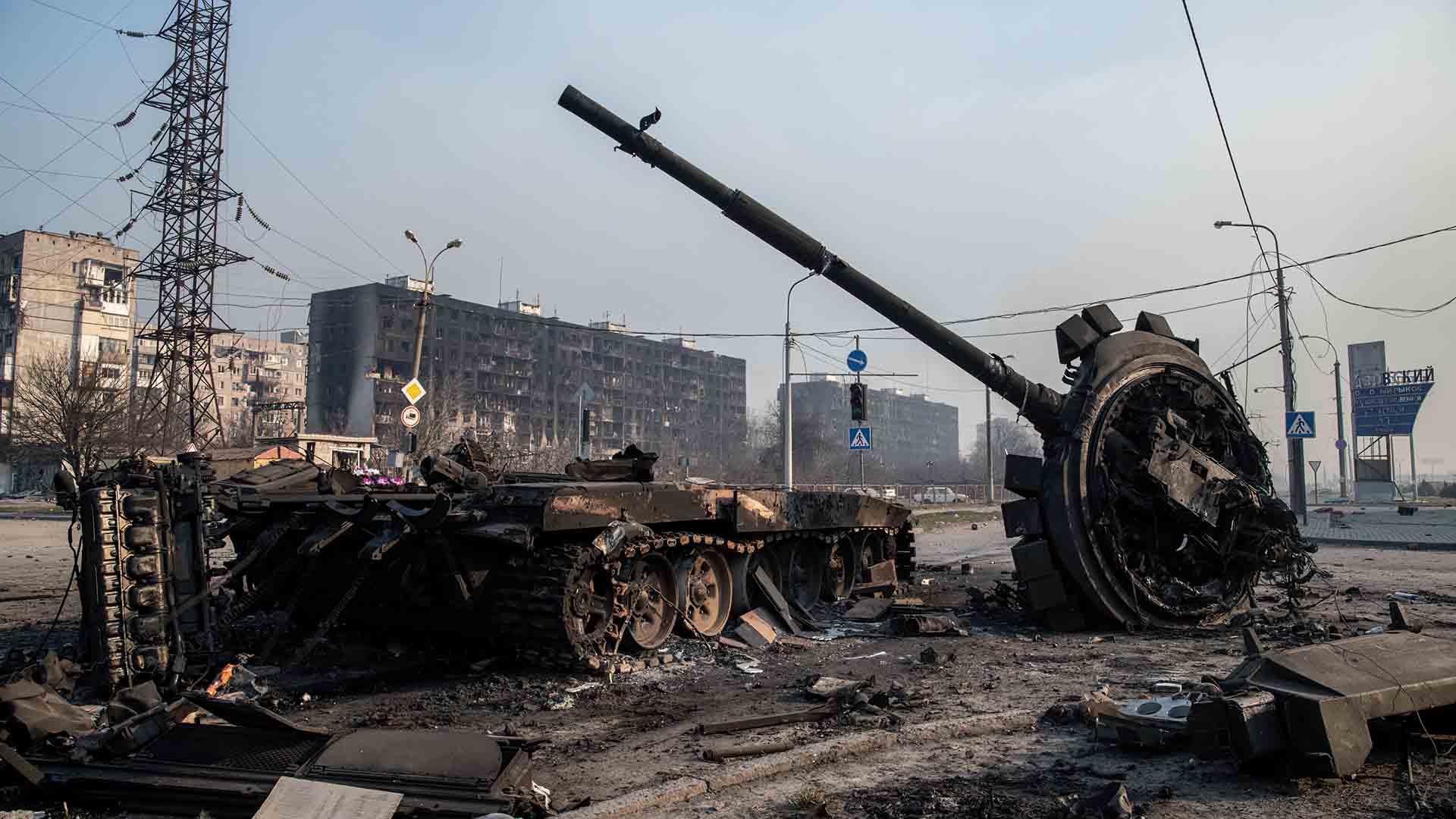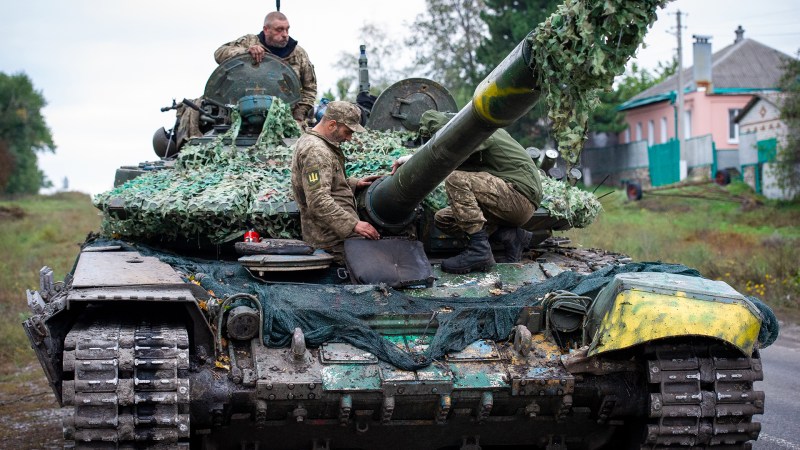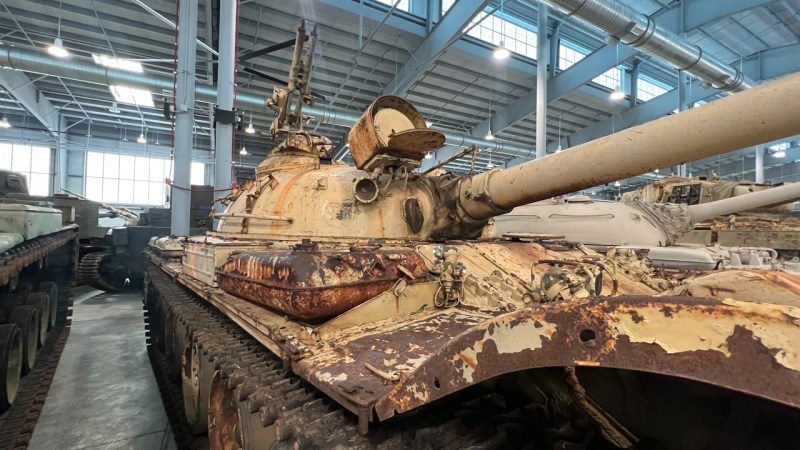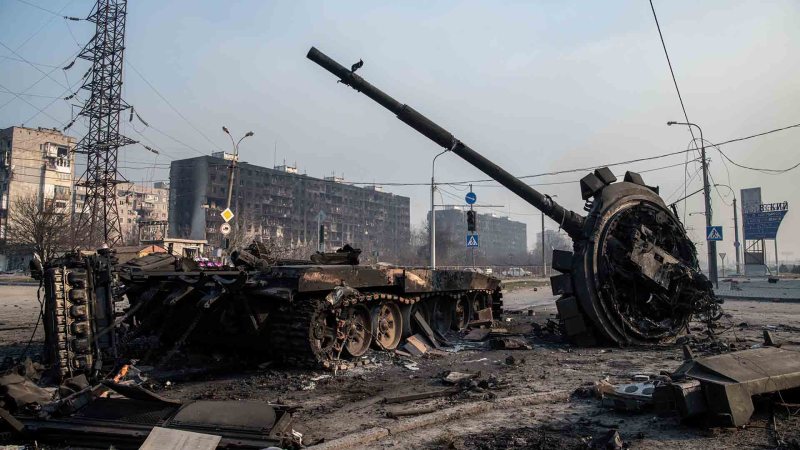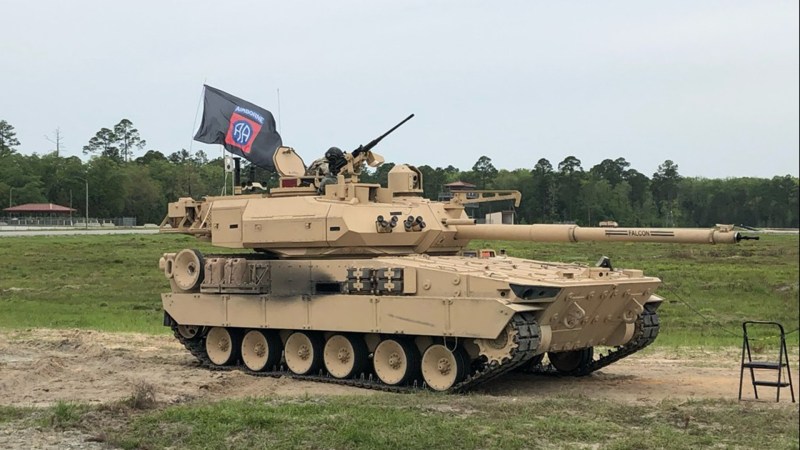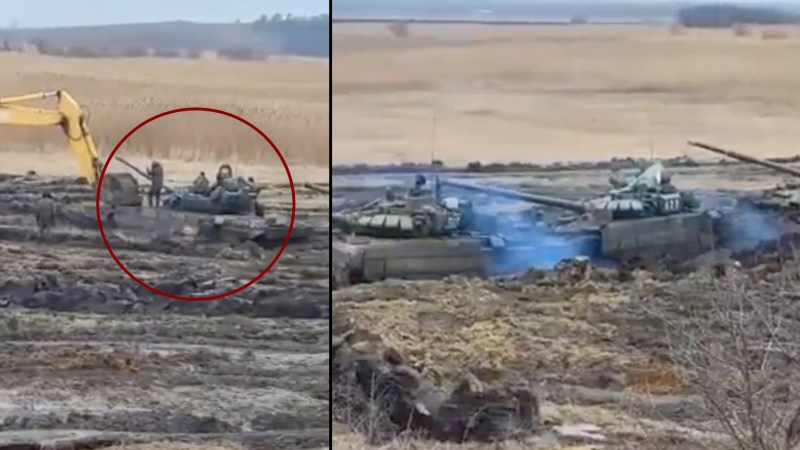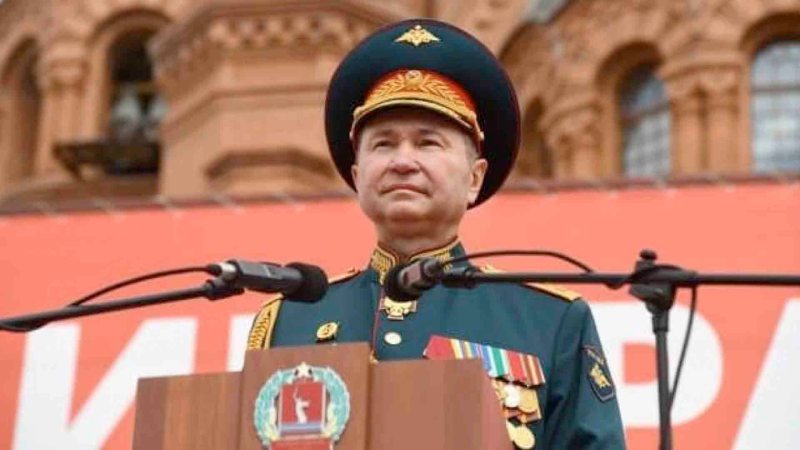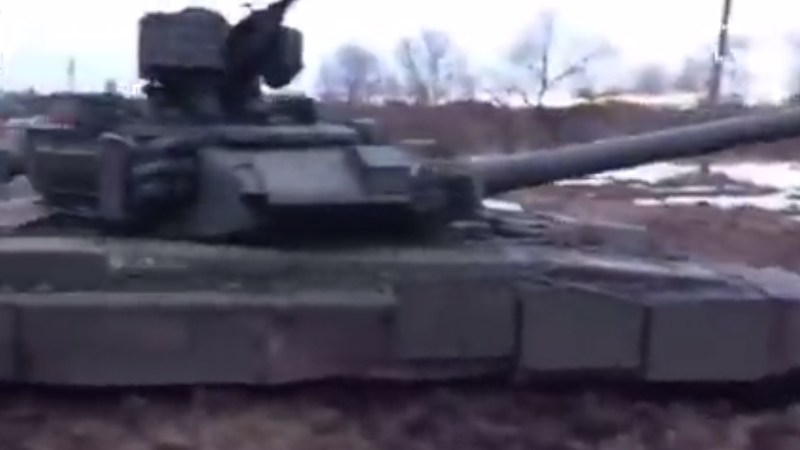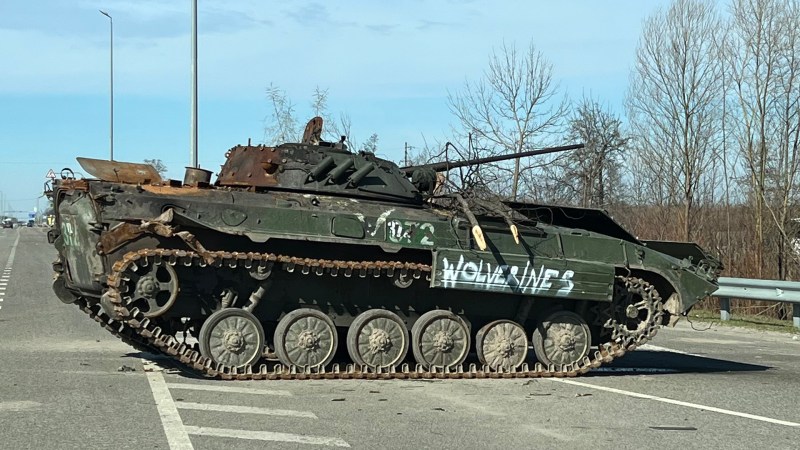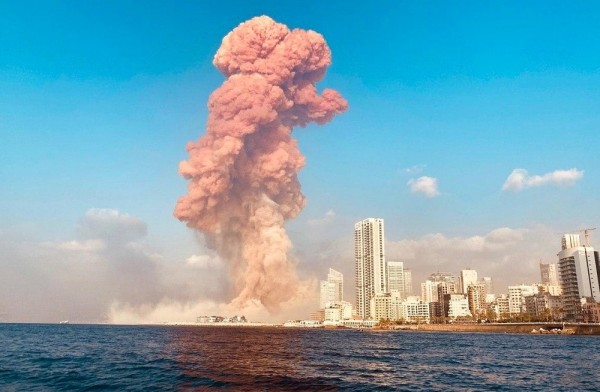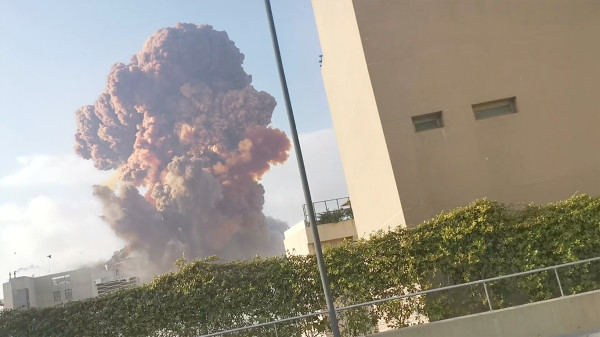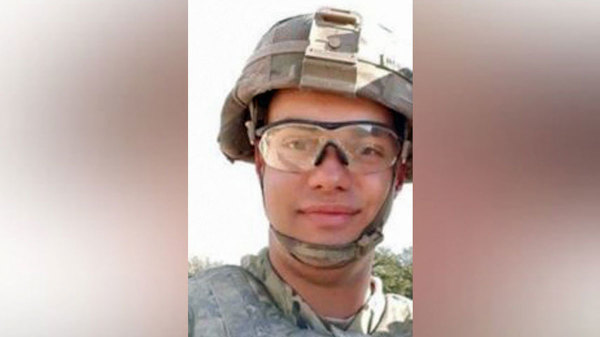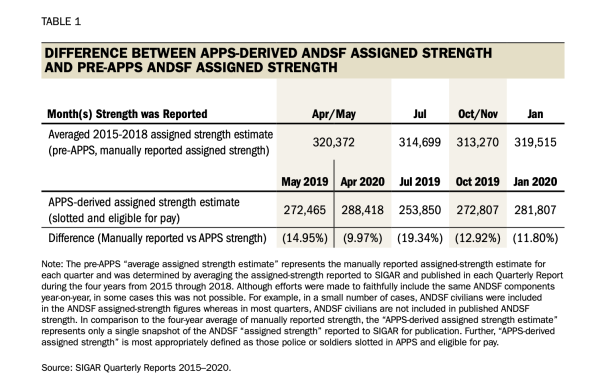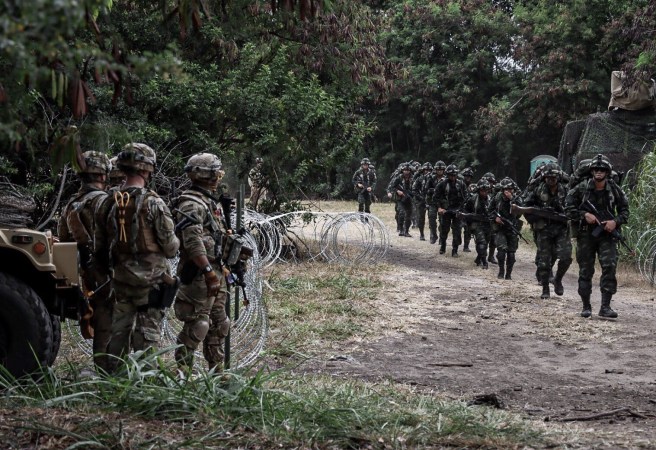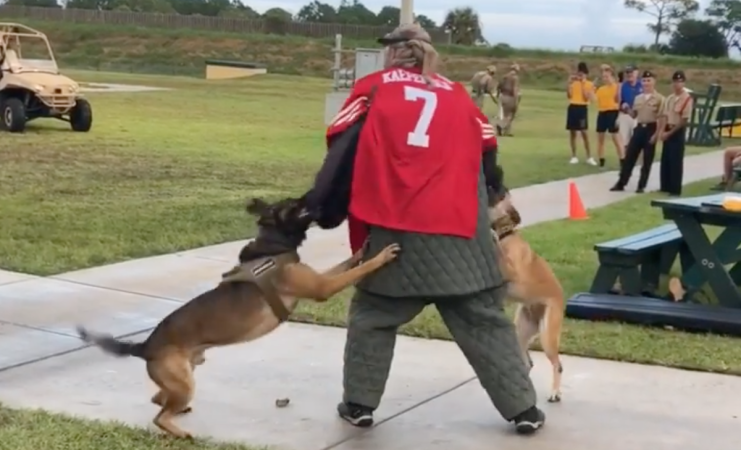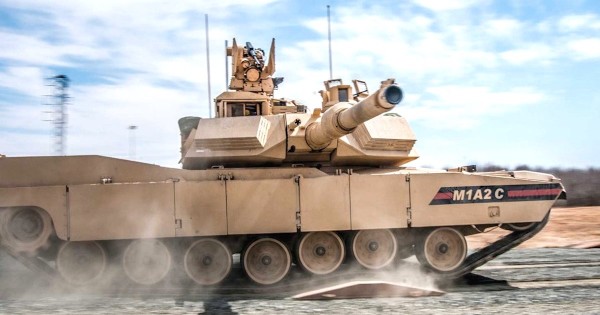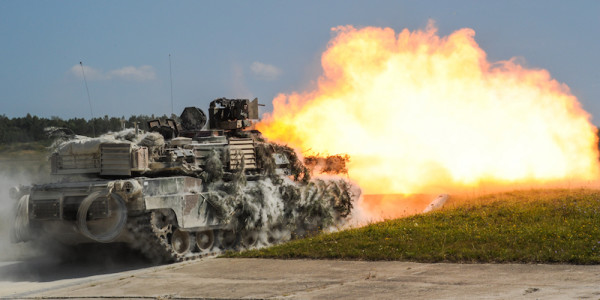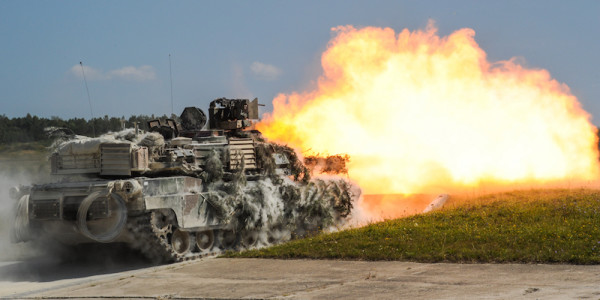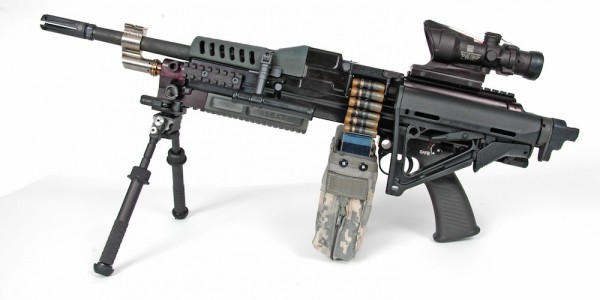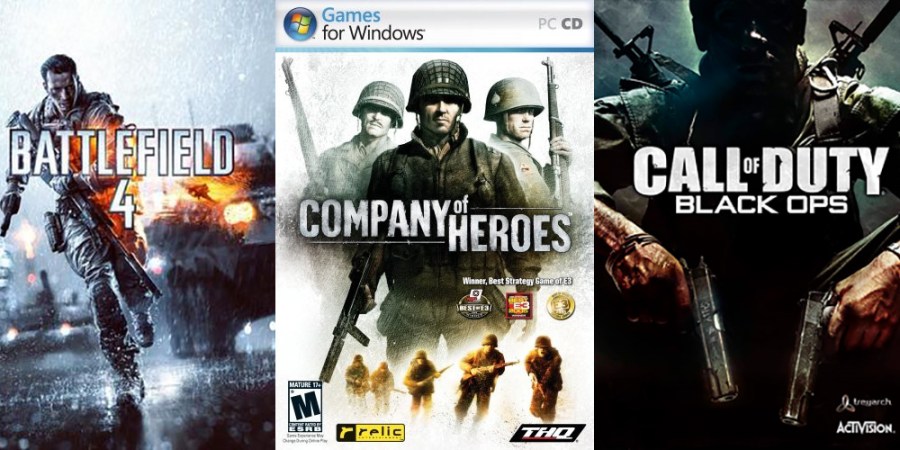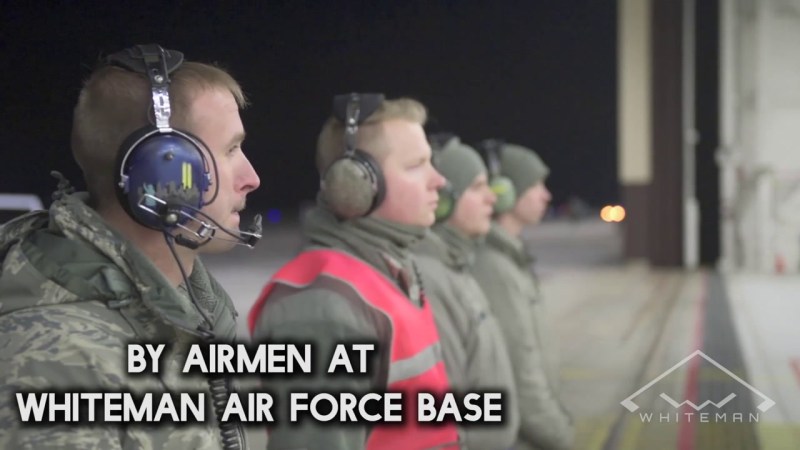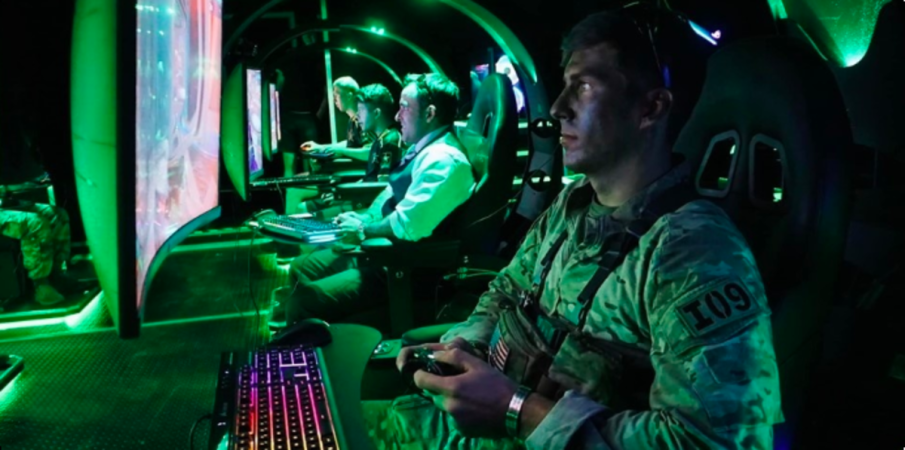It’s become a common sight since the start of Russia’s latest invasion of Ukraine: The charred remnants of a Russian tank with its turret blown clean off.
Video posted on social media has also shown the Russian tanks exploding in catastrophic fireballs when hit, causing the turrets to be hurled several feet in the air before landing next to the chassis.
Known as the “jack-in-the-box effect,” this type of apocalyptic explosion is caused when a blast’s heat or shockwave causes all the tank’s ammunition to detonate. The resulting overpressure blows the tank’s turret straight up into the air.
Russian-made T-72 and T-80 tanks are particularly susceptible to being destroyed in this manner, in part because they both have autoloading mechanisms that store tank rounds in a carousel at the base of the turret, said Steven Zaloga, an expert on Russian and Soviet armor. Those autoloaders typically store about 20 rounds when fully loaded.

“If you see film footage of a hit followed by the ammunition fire, typically what happens is that one propellant casing goes off — or one or two — because of a penetration,” Zaloga told Task & Purpose. “The explosion of the first propellant case tends to trigger more. And so, what you often-times see is a sequence where one propellant case or a couple of propellant cases go off and then the stowage down in the autoloader goes up, basically like a string of firecrackers.”
Subscribe to Task & Purpose Today. Get the latest in military news, entertainment, and gear in your inbox daily.
Some Russian tanks have autoloaders with limited ballistic protection, but there is another problem: The autoloaders only hold roughly half of a Russian tank’s ammunition, said Zaloga, a senior analyst with The Teal Group, a defense and aerospace consulting company.
A fully loaded Russian tank can carry up to 40 rounds, many of which are stored in parts of the fighting compartment that are not protected against anti-tank weapons, Zaloga said. Moreover, the internal volume of Russian tanks is very small when compared with their western counterparts.
“If you get a penetration to the interior of the tank, there’s a high probability you’re going to hit something,” he said.

Soviet and Russian tanks have been losing their turrets due to catastrophic ammunition explosions long before the current conflict in Ukraine, Zaloga said. Iraq’s Soviet-made tanks showed the same vulnerabilities during Operation Desert Storm, as did Syrian tanks in previous wars.
During wars in Chechnya, the Russians were able to reduce their losses by having their tanks carry fewer rounds so that all the ammunition and propellant was stored in the autoloaders, Zaloga said.
“The problem is, in many combat situations, you don’t want to go out with partial ammunition loads,” Zaloga said. “If you get into a serious firefight, you’re going to go through 20, 22 rounds of ammunition pretty quickly.”
In contrast to Russian tank designs, the U.S. military’s M1 Abrams tanks store their ammunition in a way that protects the crew if any of the rounds or propellant explode, Zaloga said.

In an M1, the tank rounds are stored behind blast doors, and if an ammunition fire starts the explosion is vented through blow-out panels on the roof to prevent the hot gasses from getting into the fighting compartment, he said. “At a minimum, it gives the crew more time to escape, but there have been crews that survived when the ammo went off,” Zaloga said.
The M1 was designed to take hits because the U.S. military expected to have to face superior numbers of Soviet and Warsaw Pact tanks in Central Europe, said Army Maj. Mike Liscano Jr., chief of tactics for the service’s Armor School’s 2nd Squadron, 16th Cavalry Regiment.
Because the M1’s ammunition compartment is separated from the turret by blast walls, the crews are protected if tank rounds start to cook off, Liscano said. Even if the tank is disabled, the crew should still survive so they can jump into another tank and keep fighting.
The differences between how the M1 and Russian tanks store ammunition reveal the drastically different philosophies that both militaries have on survivability, he said.
“With regards to fighting outnumbered and winning: We knew that we wouldn’t have the numbers and we’d have to preserve our combat power,” Liscano said. “Our combat power is our people. On the other hand, if you look at Russia – because they had the Warsaw Pact, the Soviet Union, they had subjugated all those states after World War II – they knew that they had the numbers. For them, it was more of quantity is quality – mass-produce tanks in an efficient, cost-effective timeline in order for them to then push those tanks out to their formations so they could mass in case of World War III. So, their priority was lethality vs. survivability.”
What’s new on Task & Purpose
- ‘Red Dawn’ hits Ukraine after destroyed Russian armor gets tagged with ‘Wolverines’
- Marine Corps fires commander and sergeant major of Hawaii infantry battalion
- Inside the Air Force’s secret mission to lift half a ton of enriched uranium out of Kazakhstan
- Airmen are pissed that an entire C-17 crew except for the maintainer received a Distinguished Flying Cross
- This Army sniper team just outshot 29 other elite teams from around the globe
Want to write for Task & Purpose? Click here. Or check out the latest stories on our homepage.

